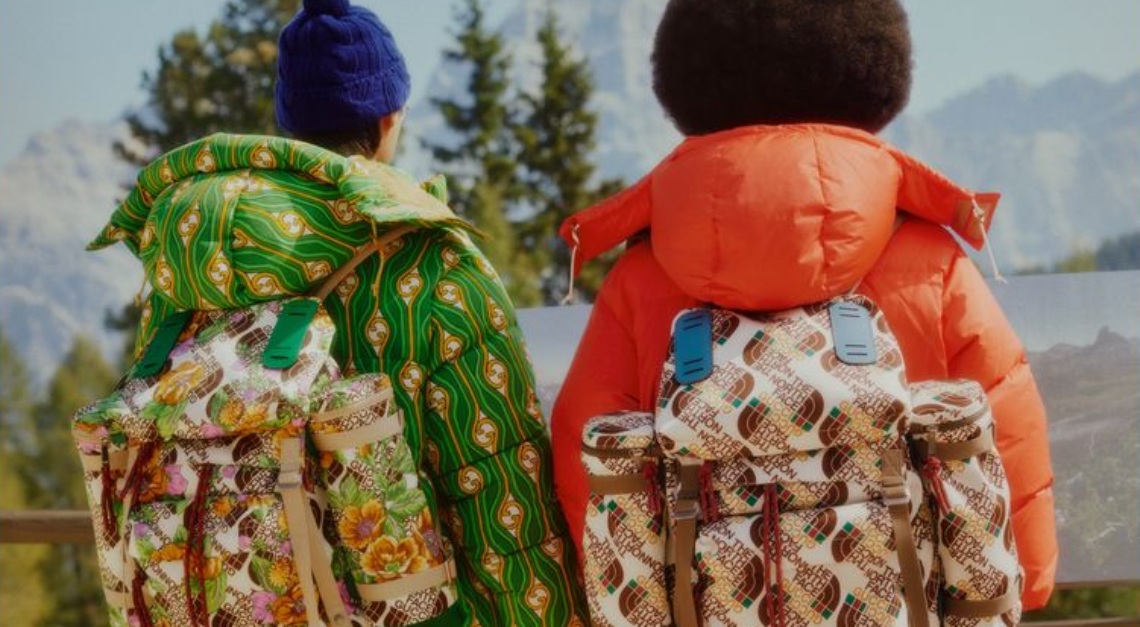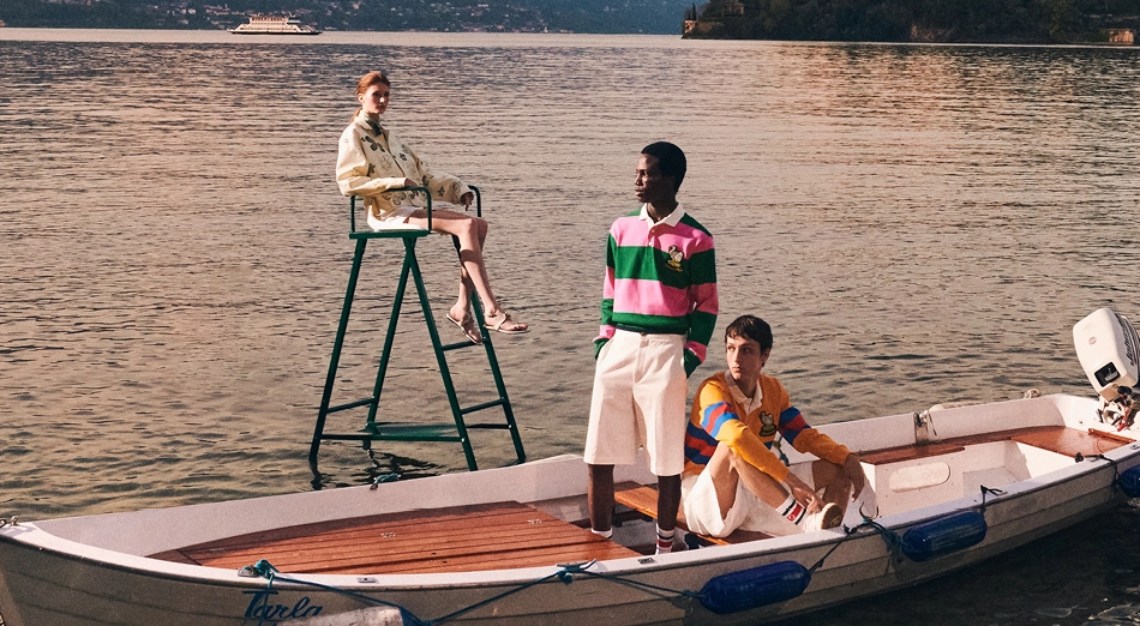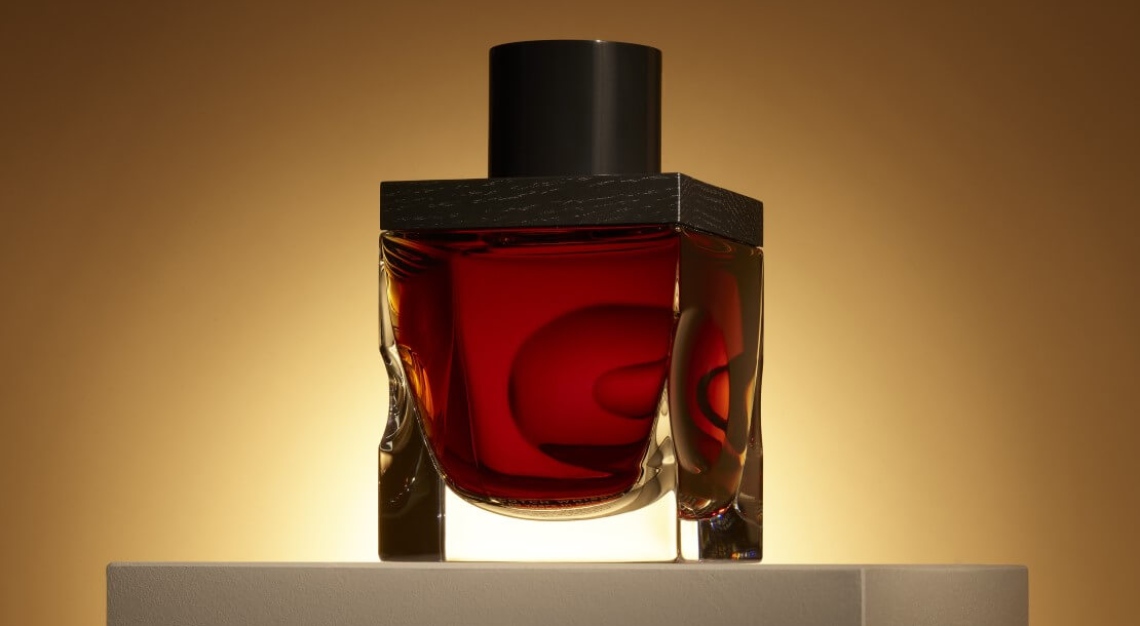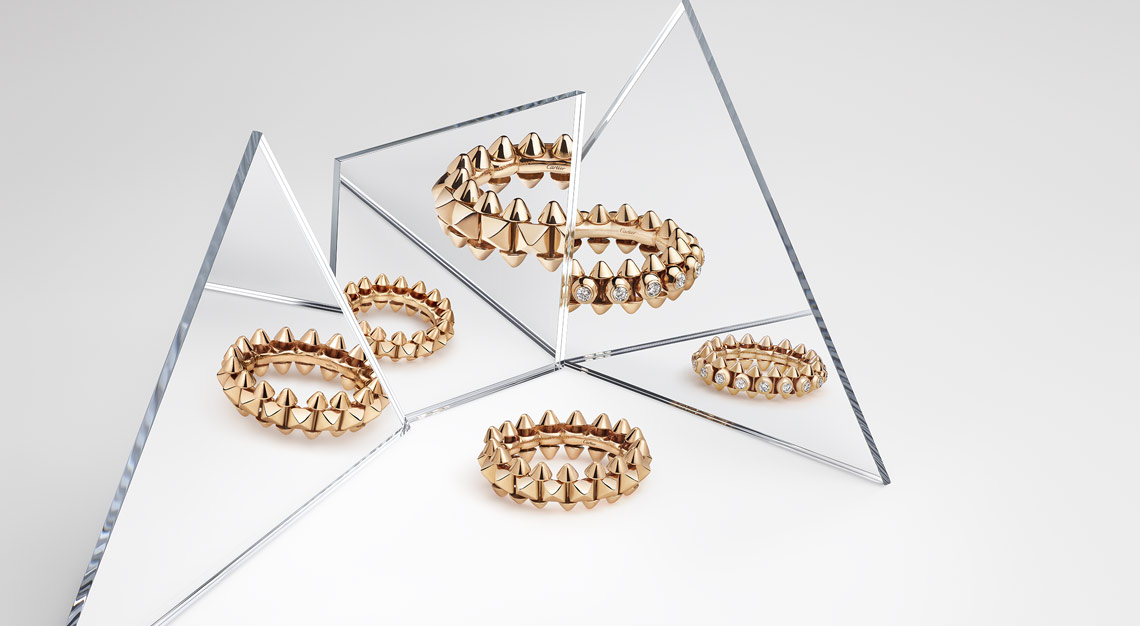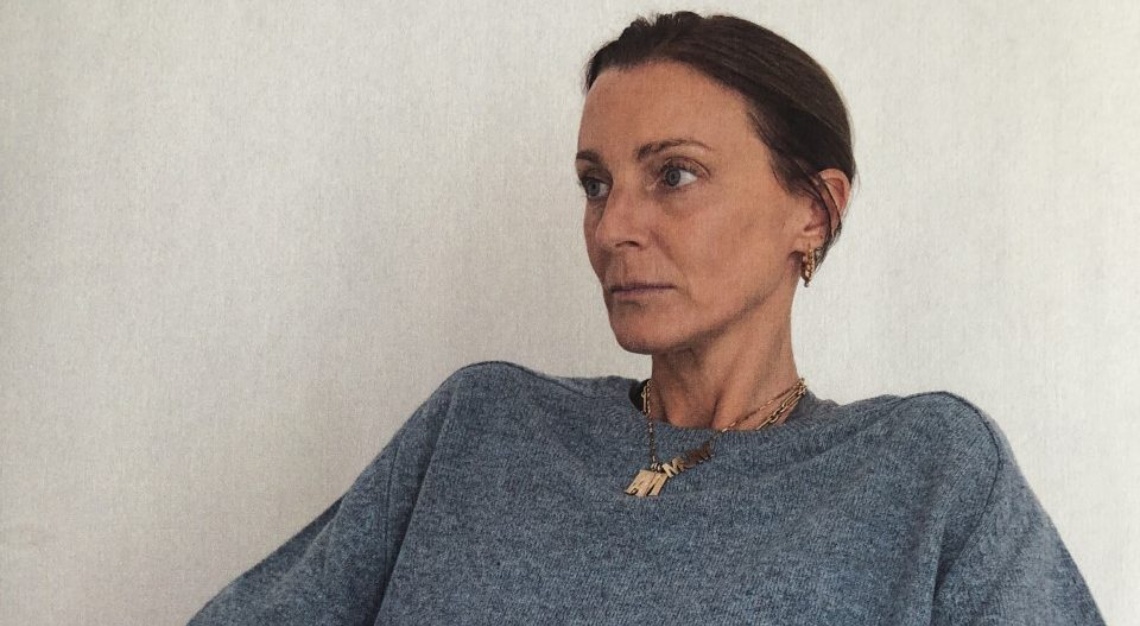With the Hermès equestrian atelier in Paris, both client and horse receive the VIP treatment
Only a handful of top luxury accessory brands can trace their expertise in premium leather goods back to the horse-and-buggy days, but Hermès is the only Maison that still produces riding gear. While the contemporary world might know the brand for its coveted handbags, its saddles have been the choice for elite riders since its start in 1837. Handbags weren’t introduced until the end of the 19th century and, funnily enough, they were designed for transporting saddles.
Today, each saddle is still made by hand, requiring 25 to 35 hours apiece, in Hermès’ atelier in Paris. Its latest is the Vivace jumping saddle. Designed and conceived by Laurent Goblet – a 42-year veteran and master saddler at the atelier – the new seat is made for American-style equestrians used to standing in the saddle and is constructed to foster closeness between the rider and horse: it can be custom-fitted for both. It’s so comfortable, says Goblet, “you forget the saddle is even there. It’s better for you and the horse.” A glimpse inside the saddlery reveals its artisans carrying on Goblet’s – and Hermès’ – impeccable standards of craftsmanship.
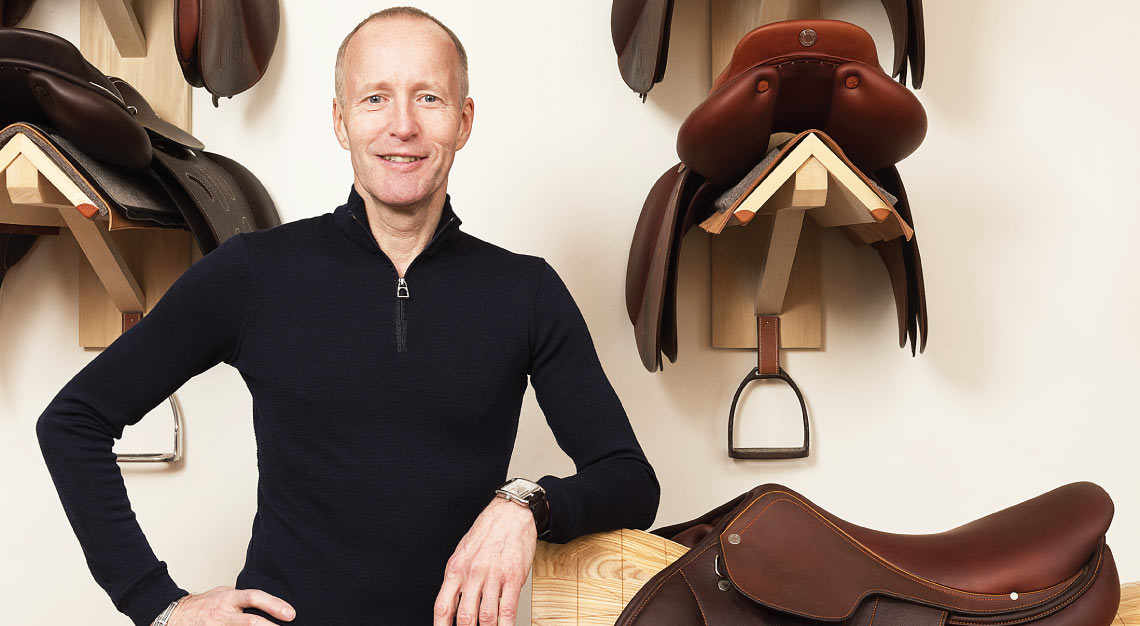
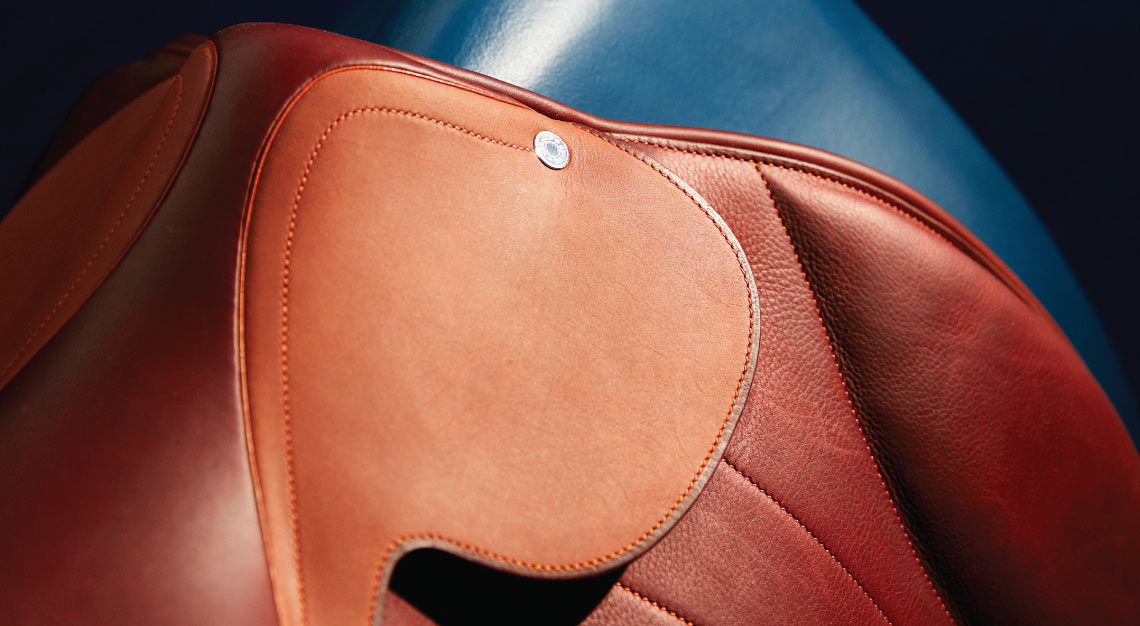
1. Studio 23
Master saddler Laurent Goblet develops designs and ideas here in his Paris studio, at 23 Rue Boissy d’Anglas. He creates measurements and forms for the various Hermès saddle options tailored to specific equestrian pursuits, from show jumping to cross-country riding. As an equestrian himself, Goblet has firsthand knowledge of how a saddle should feel.
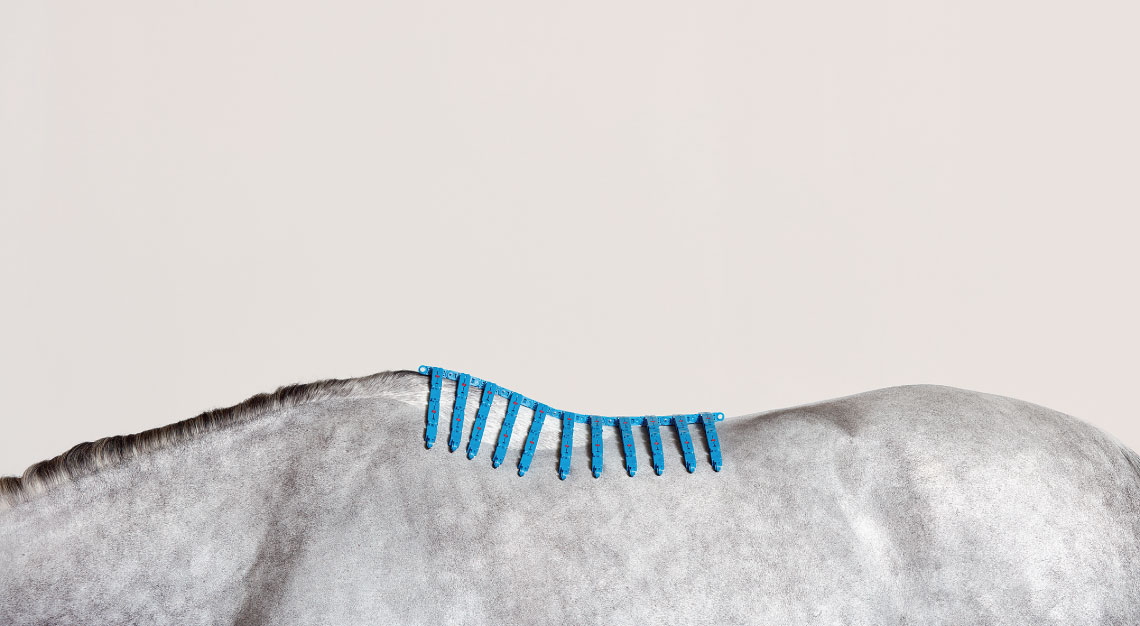
2. Horse drawn
Once a client has chosen a saddle, a team member travels to the customer’s stable to measure the horse with a custom tool called the Equiscan – a Lego-like skeletal contraption that is fixed into position while on the animal’s back. There are two measurements: one for the front and shoulders of the horse and a second for the horse’s back and the seat of the rider.
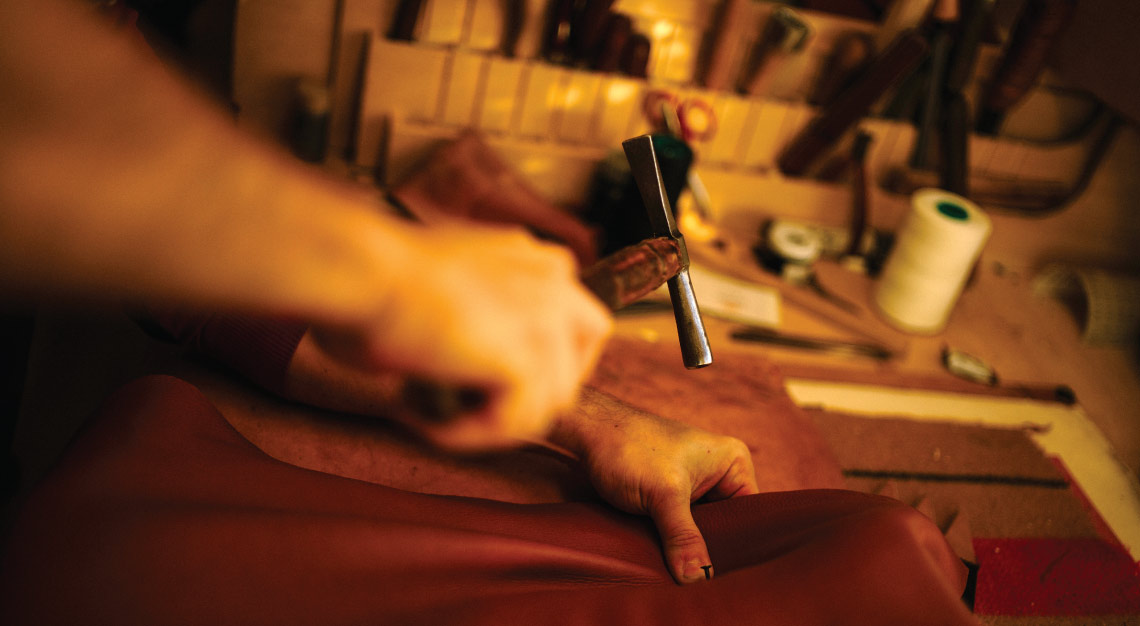
3. Hammer time
The next step is to set the curve of the seat; a dressage saddle calls for a deeper seat than a show-jumping saddle like the Vivace. It requires extreme diligence to ensure no bumps are formed in the leather. The leather gets hammered in place with tacks until it’s perfectly taut.
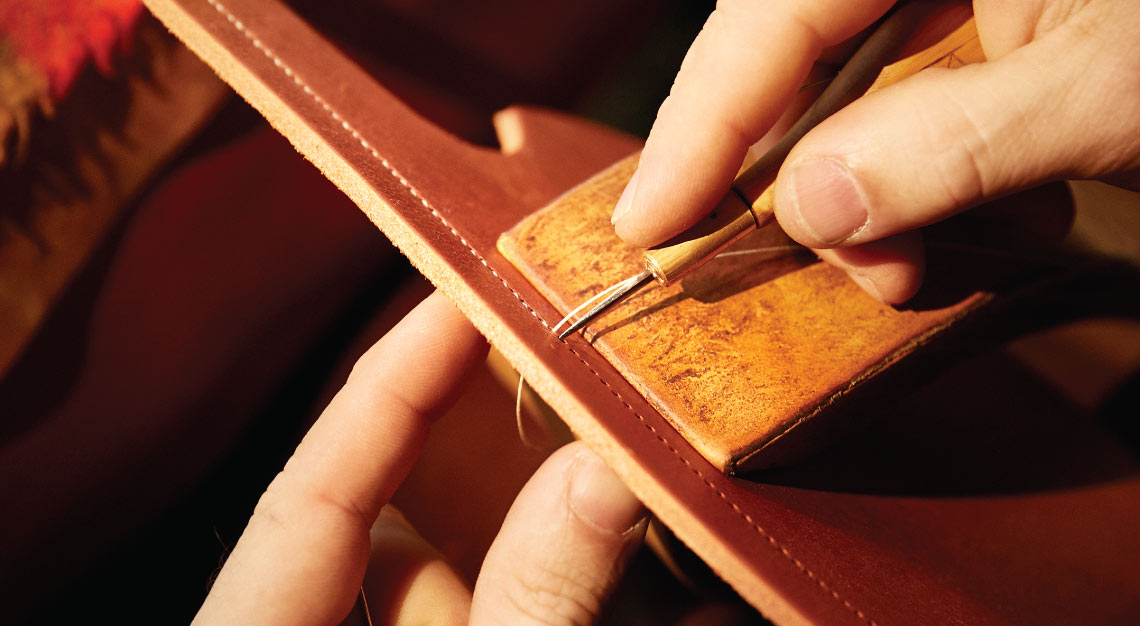
4. Stitch fix
The small flaps are sewn – a three-millimetre line is drawn from the saddle’s edge and then each artisan uses his fingers to determine the spacing. Flaps, which prevent a rider’s legs from rubbing against the stirrup straps, vary depending on the riding style and size of the rider.
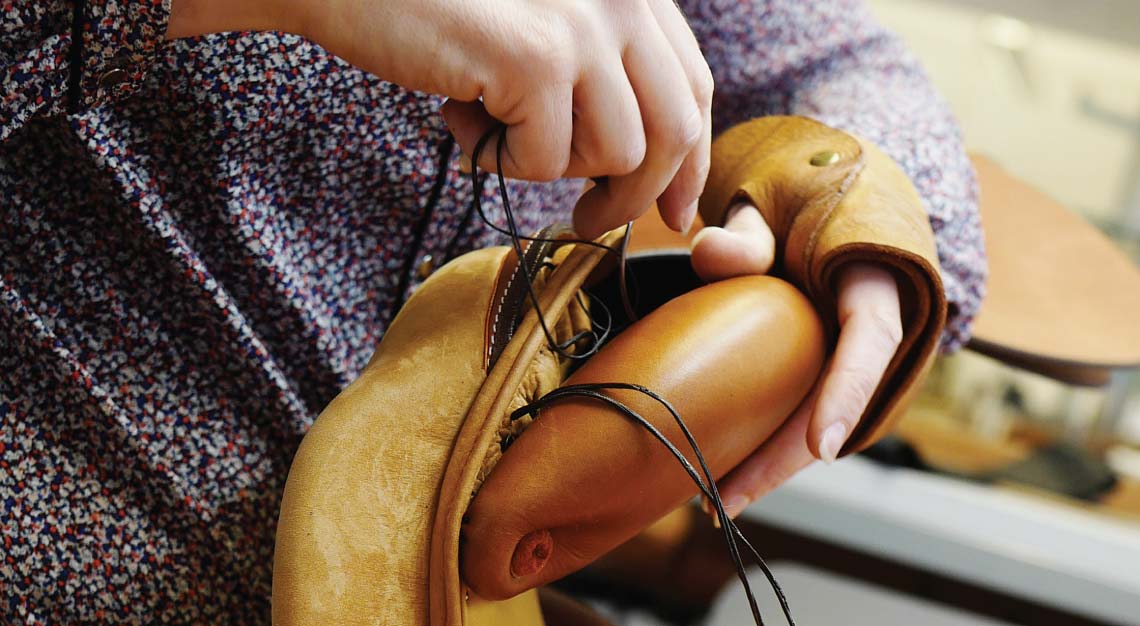
5. Soft spot
A curved needle and a single thick thread loosely attach the seat, then each thread is tightened stitch by stitch. Special foam is used for the padding because it stays softer over time. (Saddle padding used to be made from horsehair and wool, which would harden and require periodic, laborious fluffing by opening up the saddle.)
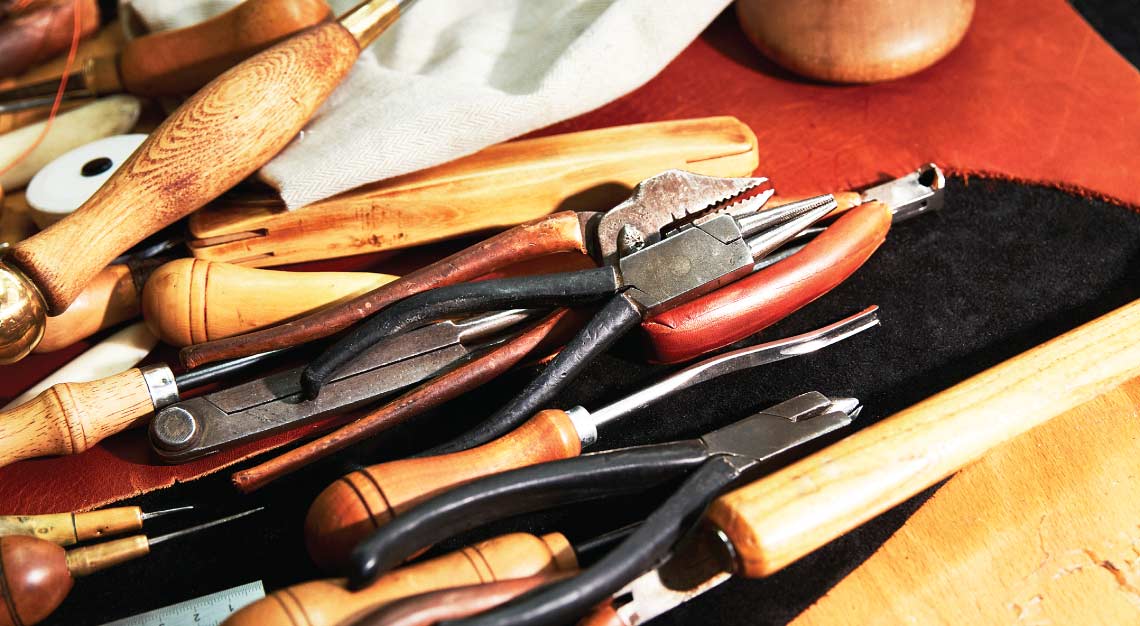
6. Tool kit
Many tools used to apply the leather are handmade and a few are used exclusively by saddlemakers.
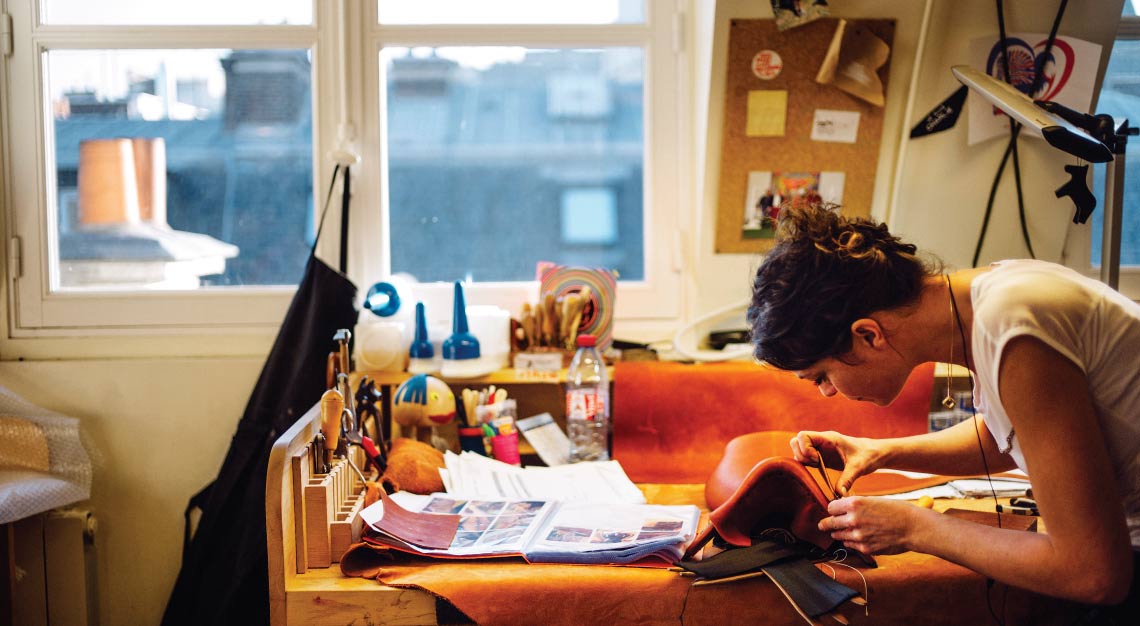
7. Best dressed
When the form is complete and sits perfectly horizontal on the replica of the horse’s back, it’s off to get dressed. The leather is soaked in water, making it easier to work with, and then applied over the padding with a curved steel tool so there are no creases.
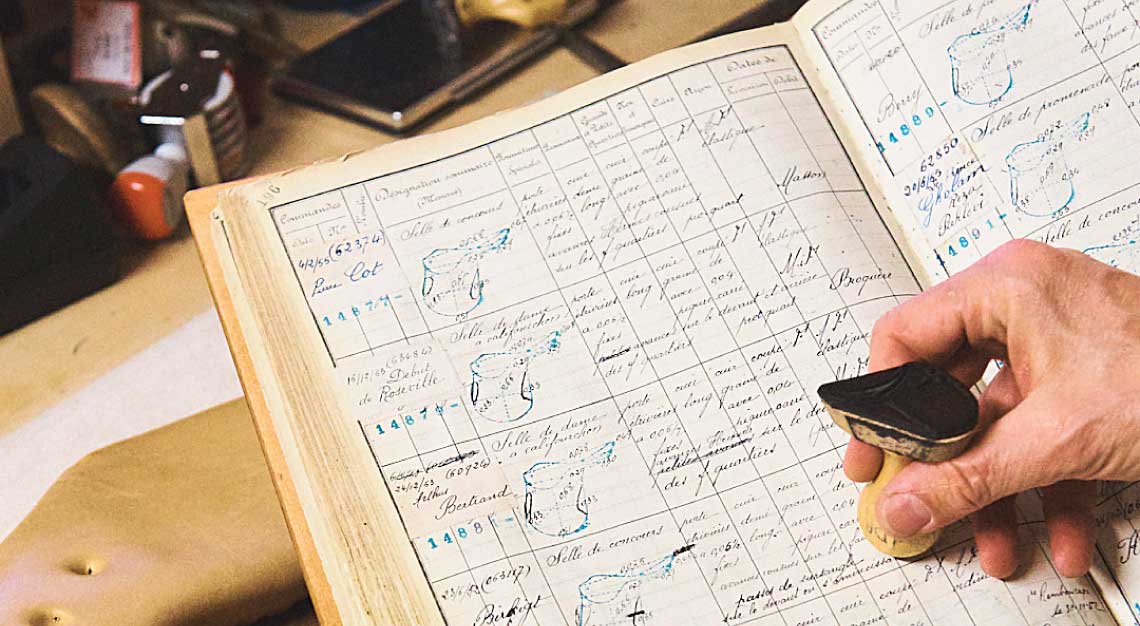
8. Book club
Each saddle gets a reference number (as in watchmaking), which is handwritten in a ledger – a process dating back to 1909. Customers who have inherited saddles or acquired one elsewhere can call the atelier to discover some of the saddle’s unique history.

